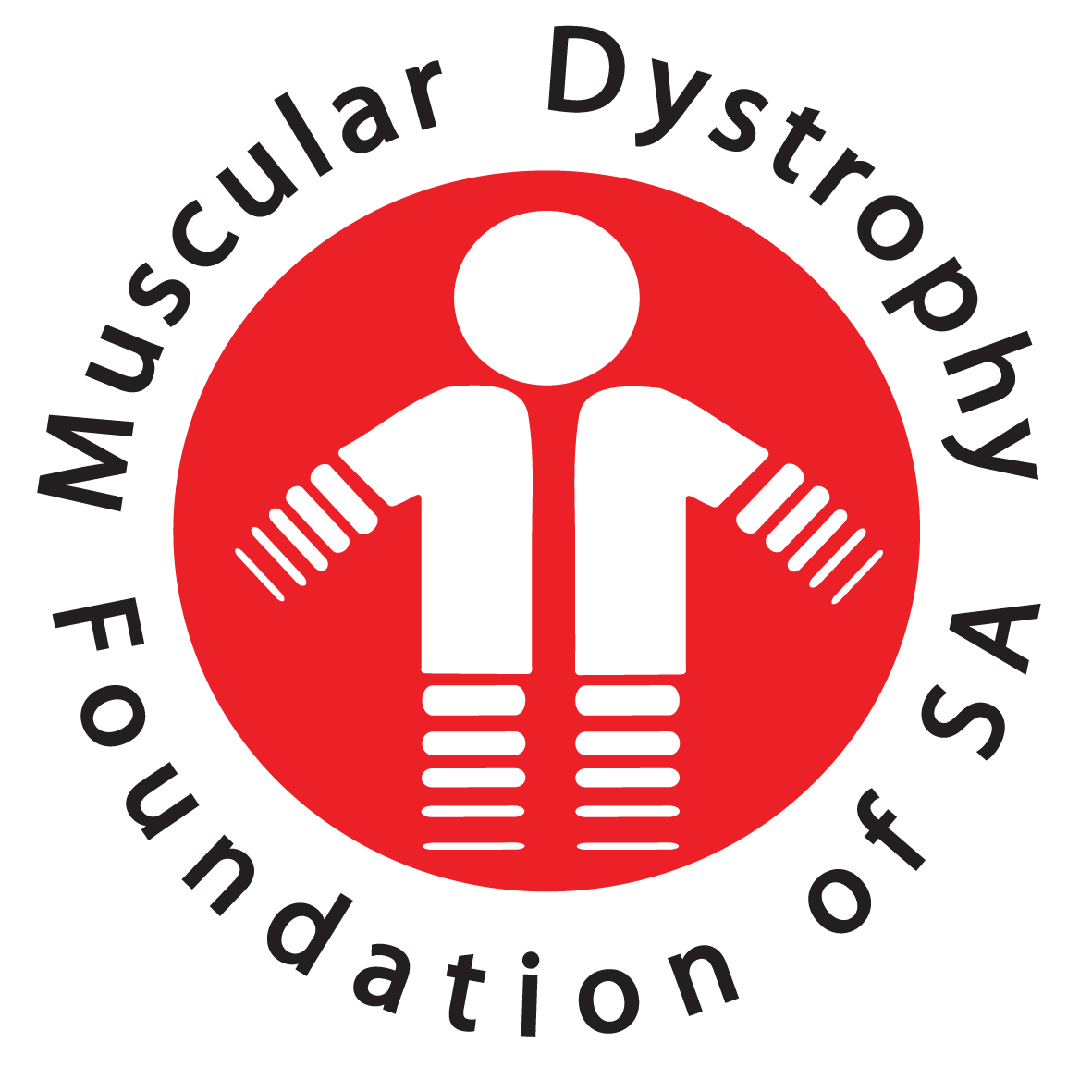DMD is caused by a fault in the dystrophin gene, located on the X-chromosome. This leads to the formation of a faulty protein in muscle fibres. This protein, called dystrophin, is absent or severely abnormal in Duchenne muscular dystrophy (DMD).
An important aim in the management of boys with DMD is to preserve functional abilities for as long as possible. Delaying the loss of functional abilities is relevant for all activities in daily life and may optimize independence in boys with DMD. Physical exercise could oppose the secondary deterioration of muscle tissue and the loss of functional abilities as a result of disuse.
Passive Self-Stretch for Tendo Achilles on Standing Board
Position
- Position standing board against wall
- Child stands on board resting back against wall
- Feet point straight ahead (or slightly pigeon toed)
Stretch
- Child positions heels as far back on board as possible
- Keep knees straight
- Keep heels down
- Stretch is felt at back of both calves

Manual Achilles Tendon Stretch
Position
- Child lying on back
- Place small rolled towel under the knee of the leg being stretched
- Cup heel in hand
- Rest sole of foot on forearm Stabilise above the knee with the other hand
Stretch
- Pull down firmly on the heel while pushing the ball of the foot up. Keep knee straight
- Stretch is felt in calf
Special instructions
If resistance to stretch is felt, bend the knee, stretch the ankle then straighten the knee while maintaining the ankle stretch. Place support under the knee to prevent hyperextension.

Passive Sitting Hamstring Stretch Position
Position
- As in photograph
- Knee should be as straight as possible and leg slightly out to the side
- Lower spine straight
- Sit with hips well back against the wall
Stretch
- Stretch is increased by leaning forwards
- Stretch is felt at back of straight thigh

Manual Hamstring Stretch
Position
- Child lies on back
- Place ankle on shoulder (as in photograph)
- Stabilise the opposite leg with other hand
- Keep knee of moving leg straight with hand
Stretch
- Rock forward using this movement to perform the hamstring stretch
- Stretch is felt at back of upper thigh

Passive Self-Stretch For Hamstrings
Position
- Child lies on back in doorway or beside post
- Place leg to be stretched on the wall with knee slightly bent and bottom close to the wall
- Keep other leg straight
Stretch
- Straighten the knee until stretch is felt in back of thigh

Hip Flexor Stretch (plus Iliotibial Tract)
Position
- Child lies flat on tummy
- Cup bent knee in hand
- Ankle rests on elbow or upper arm
- Place other hand on bottom
Stretch
- Pull knee up and towards the other leg while applying downward pressure on the bottom
- Stretch is felt in groin and outside of hip

IlioTibial Tract (manual stretch in prone)
Position
- Child lies on tummy
- Grasp leg to be stretched at knee
- Stabilise and keep pelvis and trunk flat with knee and hand
Stretch
- Lift leg up
- Pull leg across towards other leg
- Apply pressure on buttocks to keep pelvis flat
- Stretch is felt down outer thigh

IlioTibial Tract (manual stretch in side lying)
Position
- Child lies on side with lower leg bent
- Leg to be stretched uppermost with knee straight
- Stabilise pelvis with hand and knee
Stretch
- Take leg backwards as far as possible
- Apply firm downward pressure at the knee
- Stretch is felt down outer thigh

Hip Flexor Stretch in Side Lying
Position
- Child lies on side with underneath leg bent
- Hold as in photograph
- Lower hand cups knee
- Other hand applies pressure on uppermost buttock
- Stabilise pelvis with knee.
Stretch
- Move top leg backwards until stretch is felt in groin

Hip Flexors on Back
Position
- Child lies on back
- Stabilise the lumbar spine by holding non-moving leg bent up on chest
Stretch
- Push down on leg to be stretched while holding other knee in bent position (as in photograph)
- Stretch is felt in groin

Elbow Stretch
Position
- Child lies on back or sits on chair
- With palm facing upwards
- One hand supports shoulder joint or upper arm
- Hold above wrist with other hand
Stretch
- Straighten elbow as far as possible, until stretch is felt in front of elbow

Forearm Stretch (pronators)
Position
- Hold child’s hand as in photograph
- Stabilise the wrist
- Stabilise at the elbow
Stretch
- Slowly turn hand to ‘palm up’ position until stretch is felt

Long Finger Flexors
Position
- With elbow as straight as possible
- Support the child’s palm, maintaining straight fingers
- Keep thumb out to the side
- Support the wrist
Stretch
- Slowly bend the wrist and hand back until a stretch is felt in the forearm

Tibialis Posterior stretch
Position
- Boy lies on back
- Operator grasps foot firmly around the head of 1st Metatarsal
- Provide counter pressure on the lateral aspect of heel
- Pull foot into eversion and dorsiflexion

